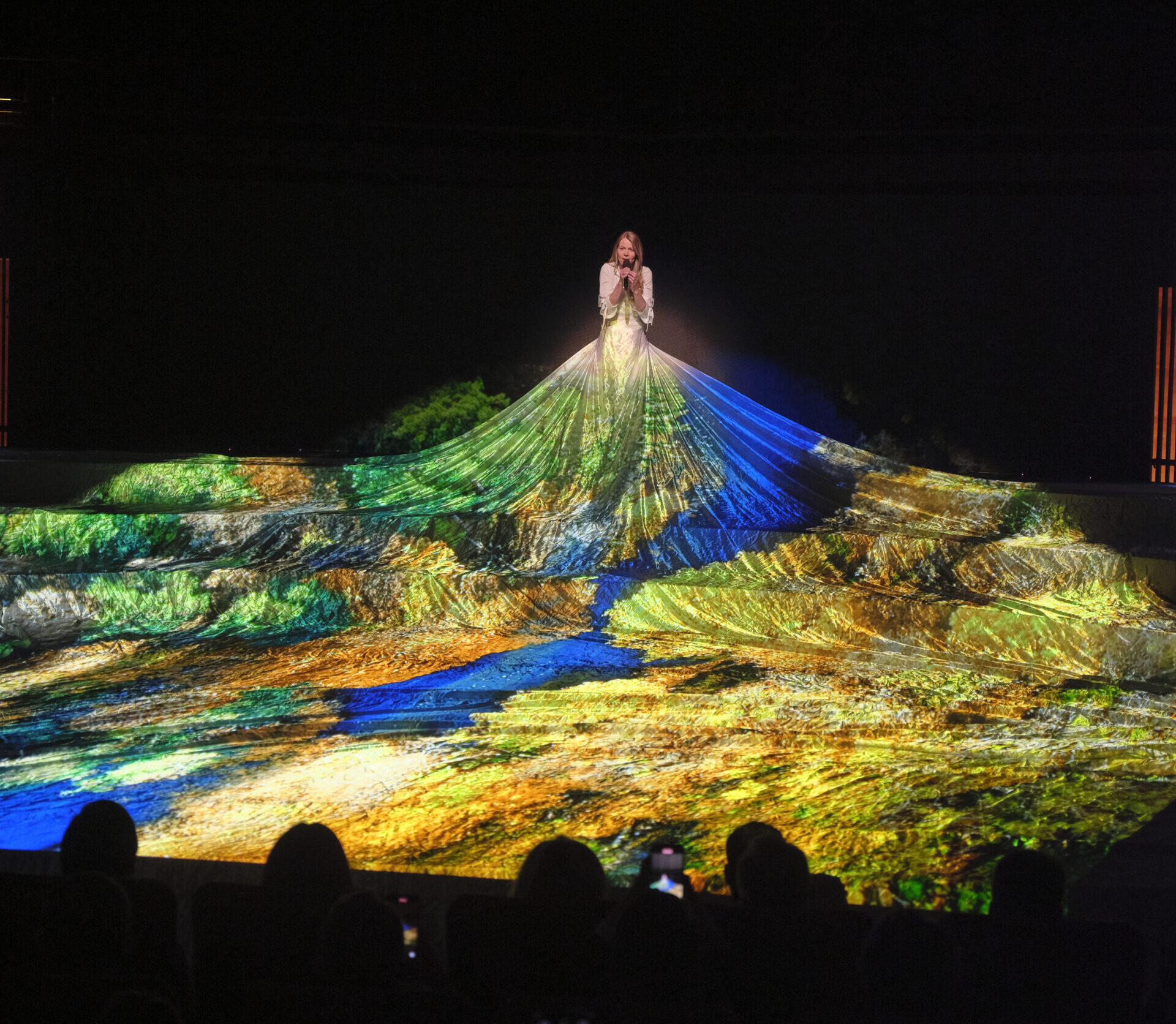Sign up to our newsletter
The Urgent Need for Action
When it comes to targeting climate change, the fashion industry has set some ambitious targets and many actors are making impressive improvements. But the industry as a whole is currently on the wrong trajectory and if it doesn’t accelerate its response to climate change, by 2030 it will produce around twice the volume of emissions required to align with the Paris Agreement global warming pathways towards net zero emissions by 2050.
Meanwhile, social injustices are still prominent throughout the value chain and many of the estimated 70 million workers don’t earn enough for a decent livelihood.
With less than eight years to go to achieve the Sustainable Development Goals. Drastic change is needed now.
What you can do as a consumer
Whilst a huge proportion of responsibility resides within organisations to carry out business more sustainably, citizens can use their purchasing power to send a strong signal to the industry.
It is empowering to know that we can all participate in the climate movement, but to do so sustainability itself must be sustainable – meaning that it is accessible, enjoyable and enriching. And it can be.
By changing our behaviours, we can show companies that the demand is shifting to more sustainable expectations.
-
Buy Less
Take time to appreciate the clothes you already have and avoid impulse purchases based on the latest micro-trends.
Clothing consumption is set to rise 63% by 2030, (Greenpeace) but today we wear our items 40% less than 10 years ago. (Ellen MacArthur Foundation)
.
-
Buy Better
When you do need to buy something new, look holistically at brands efforts towards both social and environmental sustainability. Every time you opt for one garment over another, you incentivise brands to continue with the practices behind the item.
-
Shop Second-Hand
Supporting a circular fashion system is a great way to be more responsible. You can find unique pieces on a budget in charity shops, vintage stores and on resale sites.
-
Take Care and Repair
Repairing clothing is crucial to extending the lifetime of the garments already in your wardrobe. If clothes stayed in active use for nine months longer (extending their average life to around three years), this would reduce their carbon, water and waste footprints by 20-30% (WRAP, Valuing Our Clothes: the cost of UK fashion (July 2017))
-
Rent Your Clothes
Have an occasion coming up that you want to dress up for? Renting not only saves money but allows people to indulge in trend-forward pieces without having to toss them aside after an event.
-
Use a washing machine filter
Scientists estimate that textiles produce 35% of the microplastic pollution in the world’s oceans. Use a filter when washing clothes to capture microfibres and prevent them.
-
Wash Clothes on a Lower Temperature
As well as keeping your clothes in better condition, by turning down your washing temperature to 30° you could use 60% less energy than if you wash it at 60°.
News
Resources
Our partners and sponsors are crucial to our work as they provide strategic insights and resources to help advance and elevate our agenda.
By collaborating with Global Fashion Agenda, partners and sponsors can help to drive meaningful change, exchange knowledge, elevate awareness about key sustainable practices, and build fruitful connections with other key stakeholders.






